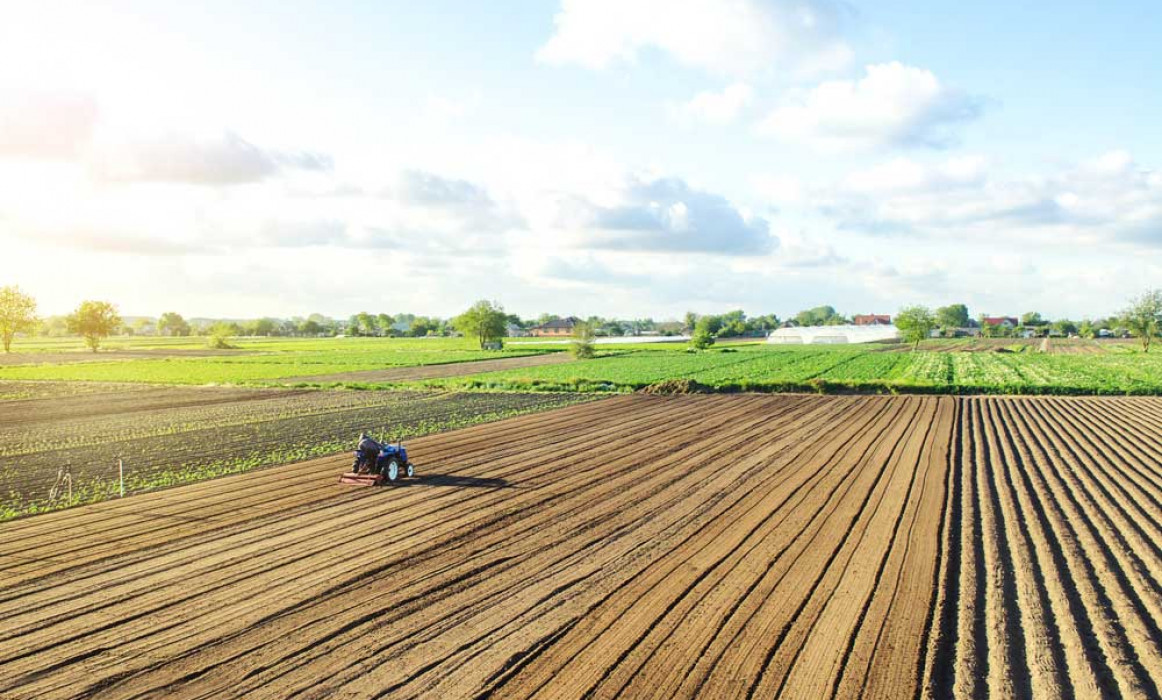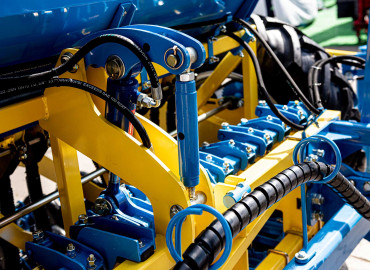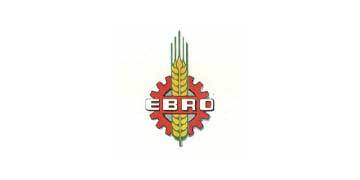All the food consumed by the world population comes from animal and plant sources. Therefore, food is obtained from the soil. However, with the increase in the world population, the need for food also increases. Therefore, it becomes more difficult to meet the increasing food demand. For this reason, importance should be given to sustainable agriculture and, accordingly, circular agricultural activities.
What is Sustainable Agriculture?
In order to understand what circular agriculture is, first of all, it is necessary to have information about sustainable agriculture. Because these two concepts are closely related.
Sustainable agriculture means supporting soil, water and natural resources with sustainable methods. In this way, food security is guaranteed and the ecosystem remains healthy.
Today, agriculture, which is carried out with uncontrolled inputs (chemical fertilization and pesticide use), does not solve the nutrition problem in the world; causes soil degradation, pollution and even destruction. Therefore, it becomes very difficult to obtain safe food and leave a livable world to future generations.
What is Circular Agriculture?
Circular agriculture emerges as a new production model designed from scratch like innovative, circular economy models at this stage of the world.
The concepts of agriculture, nature and food are directly related to each other. So the only way to secure the future of the food supply is to switch to recycled agriculture.
Circular agriculture means keeping agricultural biomass and waste and residues from food processing processes as reusable resources in the food system. In this way, the following is accomplished.
- Agricultural food wastes are recycled.
- Agricultural product production is ensured by using the minimum amount of foreign inputs.
- It is ensured that wastes that are harmful to the environment are reduced within the cycle.
What are the Principles of Circular Agriculture?
The principles of circular agriculture are as follows:
- Optimum use of land and resources to meet food needs
- Production of priority food crops in the fields where production will take place
- Planting successive crops for optimal use of planted fields
- Increasing diversity by adding mixed products to the rotation
- Forage for livestock of the residues of crops produced in these fields; use as a biofertilizer for the soil.
How Can Circular Agriculture Be Applied?
The fertility of the soil is directly proportional to the concentration of nutrients it contains. Therefore, the more organic material in the soil, the better the yield of crops, the abundance of nutrients, water, oxygen and the retention of greenhouse gases in the soil. In addition, diseases and pests are less common in fields with circular agricultural practices and fertile soil habitat.
In addition to animal manure, sewage sludge sterilized from domestic waste treatment and process water from food industries can also be used to increase the level of organic materials in the soil.
Within the framework of circular agriculture practices, the grasses grown for the feeding of farm animals should be carried out in areas where field farming is not done. At the same time, food support for livestock should be provided with waste from arable farming, horticulture and food industry processes.
In circular agriculture, wastes need to be controlled effectively. Therefore, different processes and techniques are used to transform waste.
In this type of agriculture, the protection of crop yield and animal health is prioritized. For this reason, instead of fighting diseases with natural or synthetic chemicals and drugs in agriculture, the issue is approached much more systematically and comprehensively. In this direction, plant varieties and animal breeds that are more resistant to pests and diseases are preferred.
Today, nature, environment and climate are changing very rapidly. Unfortunately, this change makes it difficult to reach safe food. In order to leave a livable world to future generations, resources must be protected effectively. Therefore, all parties of the society should strive for the protection and efficient use of resources.
 en
en  tr
tr 





























